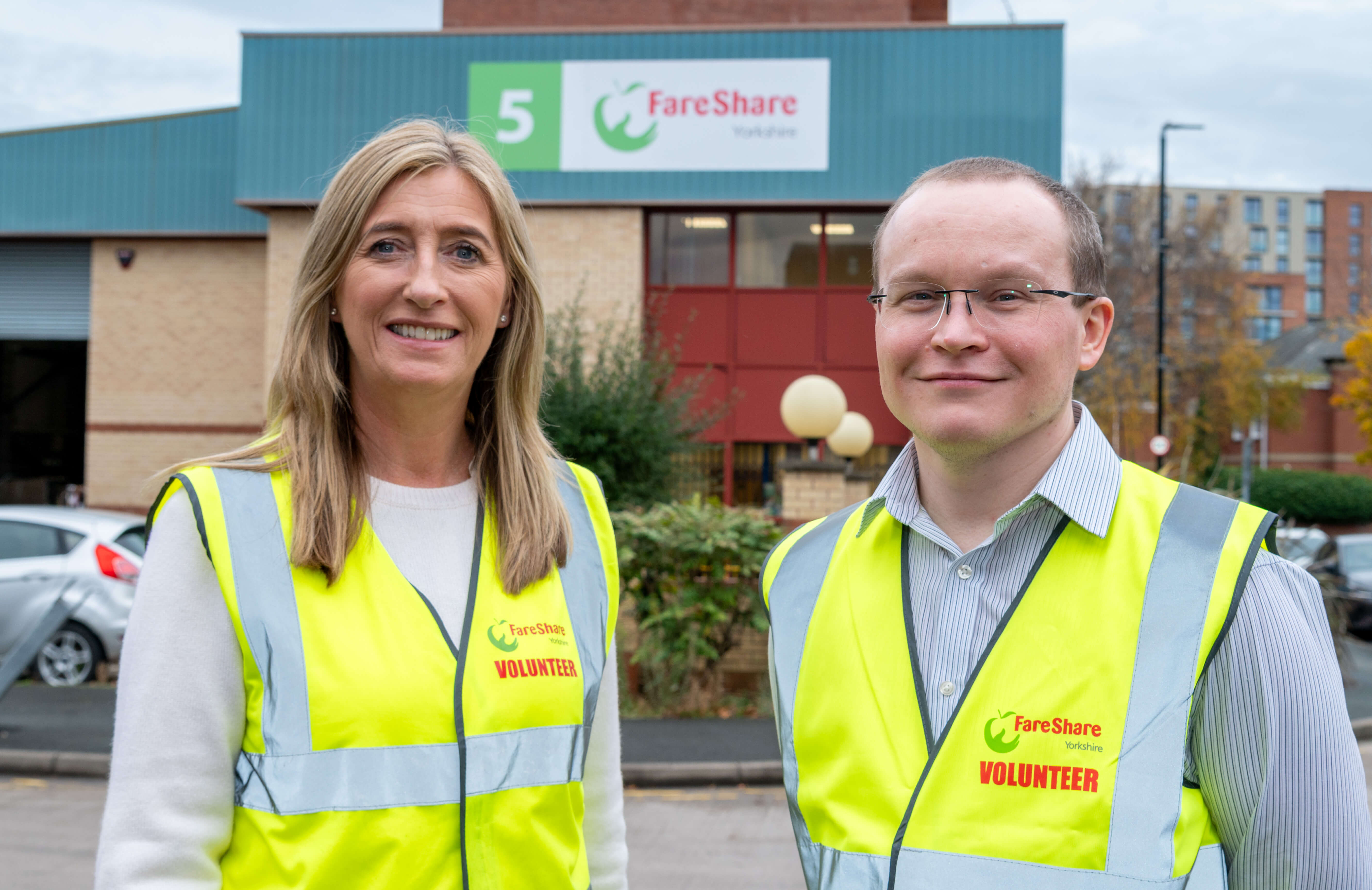First-time buyers make up largest home purchase segment, despite fall in overall numbers
- Number of first-time buyers in 2022 estimated to have fallen by 9% year-on-year
- At 370,000, the forecast number of first-time buyers will represent the second highest annual total for 14 years, behind the pandemic-led anomaly of 2021
- First-time buyers made up biggest market segment in terms of house purchases in 2022
The number of first-time buyers is estimated to have fallen by 9% in 2022, Yorkshire Building Society says, following a year of two very different stories for the mortgage market.
Analysis by the mutual forecasts the number of people taking their first step onto the property ladder will have fallen to 370,287 for 2022, from a 20-year high of more than 400,000 in 2021, which had been fuelled by falling unemployment and low borrowing costs post-pandemic.
However, given that the 2020 and 2021 figures were skewed by the unusual market conditions surrounding the COVID-19 crisis, the Society’s latest estimate for 2022 still represents a 5% year-on-year increase when compared with 2019.
The largest months in 2021 came in June and September, fuelled by tapering changes to stamp duty relief for those with a house price between £300,000 and £500,000, and benefiting those in high value areas such as London and the South East. Without the same incentive in 2022, the forecasted number of first-time buyers for comparable months are static, in line with previous years’ figures.
However, although the number of first-time buyers is likely to be fewer overall than the previous year, those who bought a property for the first time in 2022 are expected to represent 53% of all house purchases with a mortgage, up from 50% in 2021, and 41% a decade ago.
So, these latest estimates by the mutual still signal strong demand for first-time buyers, even with the average price of a typical first-time buyer home rising by 10%, or £25,621 in cash terms, to £272,500 in the past year. Prior to 2021, the last peak in first-time buyers was as far back as 2006.
Nitesh Patel, Strategic Economist at Yorkshire Building Society who forecasted this year’s figures, said:
The year started much as 2021 had ended, with the supply of a significant number of low deposit mortgages, an overflow of healthy deposits from the build-up of household savings balances during the pandemic years and a steady economic picture. Then came the infamous mini-Budget which sparked panic in the mortgage market, leading to low product availability, higher borrowing costs and a slowdown in house price growth among other things.
Coupled with the absence of a stamp duty holiday this year, these factors may mean this latest forecast is unsurprising, but it still shows that demand from first-time buyers remains strong, even with house prices being at historic highs for much of the year and the country experiencing such political and economic uncertainty.
The one constant in the housing market – the lack of supply at all stages of homeownership – will remain, which will help to maintain house prices. The continued uncertain landscape however, which may prevent would-be borrowers from making such a significant purchase or cause lenders to tighten affordability, could mean we’ll see a further fall in first-time buyers next year.



